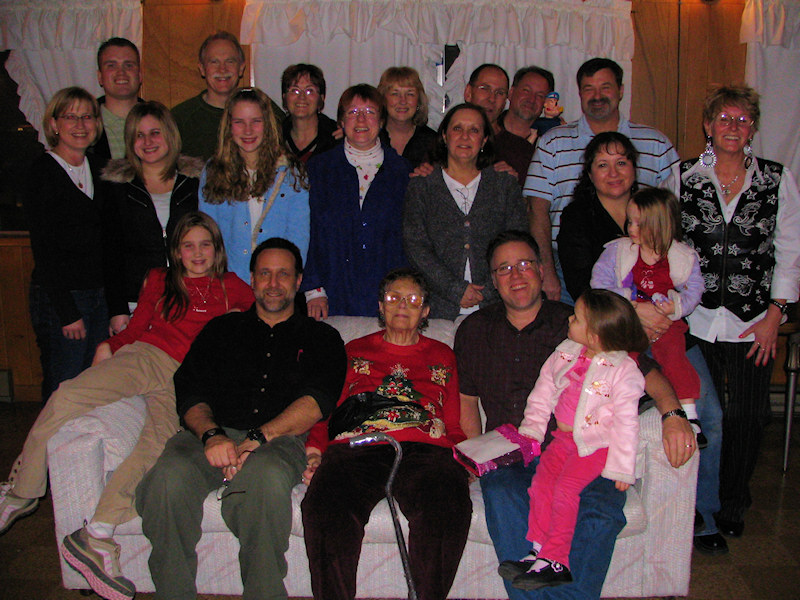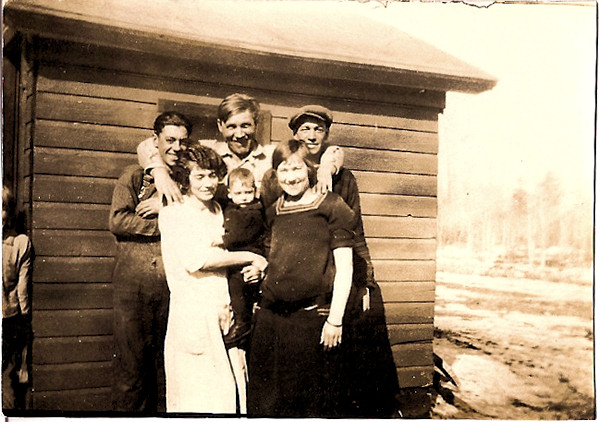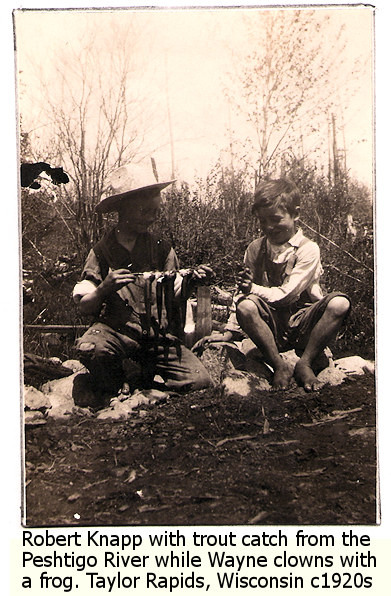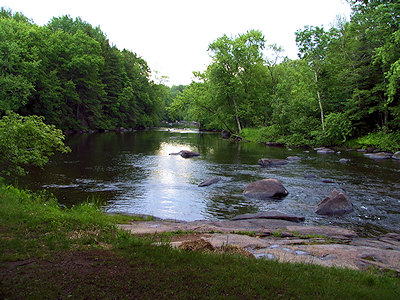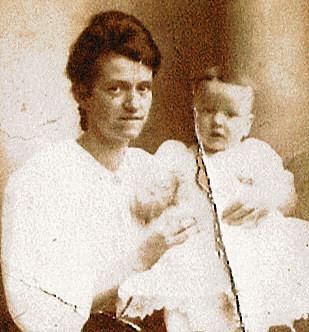I’ve started a series of articles on building a genealogy and family history blog on one of my other blogs, Lorelle on WordPress. In this series, I discuss how a genealogy blog differs from a normal blog and how to incorporate those differences into a blog. I also discuss the planning and structural process of building a blog and website from the ground up. The focus is mostly on using WordPress as the blogging program and platform, but the techniques apply to any blogging service.
If you have a genealogy or family history blog or want to start one, and you have questions, please ask. There are a lot of topics to cover on this subject, from figuring out how much this costs to choosing website tools to publish your family history information and resources. There are a lot of things you can include related to your family history research on your blog, but what do you include, what should you include, and how to include it are often overwhelming questions. Ones that I’m still dealing with. No topic is off base. I’ve even written about how to include dead relatives as authors on your posts. Not your typical blogging issue, is it?
This is an ongoing series with articles from this blog and from Lorelle on WordPress, my blog dedicated to helping people blog and use WordPress. Let me help you develop and design your family history and genealogy blog, helping to preserve your family history research and your family’s story for everyone to enjoy.
Genealogy Blog: Building a Blog Series
- Starting With a Purpose and a Plan
- What’s the Difference Between a Genealogy Blog and a Normal Blog?
- Who, What, Where, and How Questions for the Plan
- Determining What Features I Want in My Blog
- The Blog Budget – How Much Does a Blog Cost?
- Building a Genealogy Blog: The Fast Method
- Choosing a Blog Title and Domain Name and URL
- Blog Contributors – Wanted Dead or Alive
- What Do You Put Into Your Family History Blog?
- Move Your Genealogy Blog Into the 21st Century With Site Feeds
- Why a Genealogical Society Should Blog
- Random Genealogy: Online Genealogy Collaboration
- Does Your Library Have a Genealogy Department? Do They Have a Genealogy Blog?
- Collaborative Genealogy: Programs to Help Families Work on Websites Together

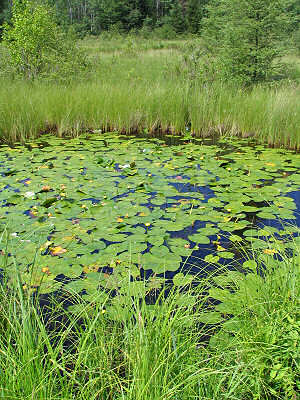 My mother and I recently flew back to Wisconsin, a major location on her family’s history. We didn’t need much to stimulate our imagination as we stood in the Northern wild and woolly woods in Marinette County and realized that we were seeing not so much an area that has reverted almost completely back to nature after intensive logging, but a real glimpse at what this area may have looked like when our family arrived. They brought with them axes, shovels, and their strong will and backs, clearing land, digging gardens, building homes, cutting a survival out of the wild land.
My mother and I recently flew back to Wisconsin, a major location on her family’s history. We didn’t need much to stimulate our imagination as we stood in the Northern wild and woolly woods in Marinette County and realized that we were seeing not so much an area that has reverted almost completely back to nature after intensive logging, but a real glimpse at what this area may have looked like when our family arrived. They brought with them axes, shovels, and their strong will and backs, clearing land, digging gardens, building homes, cutting a survival out of the wild land.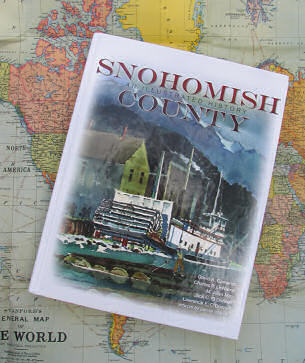 It took ten years but the amazing book on the history of Snohomish County, Washington, is now available. “Snohomish County: An Illustrated History” features 432 pages packed with geological, environmental, historical, social, and political history of Snohomish County. There are 400 photographs, maps, and topical sidebars with many illustrations by local artist Bernie Webber.
It took ten years but the amazing book on the history of Snohomish County, Washington, is now available. “Snohomish County: An Illustrated History” features 432 pages packed with geological, environmental, historical, social, and political history of Snohomish County. There are 400 photographs, maps, and topical sidebars with many illustrations by local artist Bernie Webber.